Inorganic agriculture?
Guest commentary by David Middleton
New study challenges beliefs about organic ag
BY MARK LYNAS
APRIL 9, 2018
Organic agriculture is not as good for the environment as commonly believed, according to a new scientific study reviewing multiple lines of evidence over more than two decades.
The study, conducted by German researchers Eva-Marie Meemken and Matin Qaim from the University of Goettingen and published in the journal Annual Review of Resource Economics, challenges many beliefs that have helped the organic food industry grow into an $82 billion global market.
However, Meemken and Qaim also make clear that the scientific evidence shows that organic is better in some specific situations, and that the best strategy overall may be to combine conventional and organic approaches.This falls under the heading of: No Schist Sherlock. Pretty well all feel-good virtue signalling is at best irrelevant and often actually worse for the environment and less "climate friendly" (whatever the frack that means) than the conventional way of doing things. Furthermore, the concept of "climate-friendly agriculture" is as bass-ackwards as a concept could be.
In general, the study concludes that while organic farming is more environmentally friendly per unit of land than conventional approaches, it is not better for the environment when assessed in terms of units of output.
This is because organic farming generally has lower yields - between 19-25 percent, on average - although the picture is complicated between different crops and locations.
The lower land-use efficiency of organic systems means that "large-scale conversion to organic would likely require bringing more natural habitats into agricultural production," with a potentially severe impact on global biodiversity due to the loss of rainforests and other currently wild areas.
Although organic farms tend to have lower nitrogen inputs and better carbon sequestration, more use of fuel and animal manures counterbalances this effect, Meemken and Qaim conclude.
"Overall, the evidence does not support the widely held notion that organic agriculture is more climate friendly than conventional agriculture," they write.
[...]
Read more here
The Little Ice Age was an agriculture-hostile climate. Climate is either agriculture-friendly or agriculture-hostile. Despite the recent consumption of a salad that was grown entirely in Antarctica... The continent of Antarctica has, by far, the most agriculture-hostile climate on Earth. Climate-friendly agriculture won't make Antarctica any more amenable to agriculture than it has been for most of the past 35 million years.
Furthermorer...
What Is Organic Chemistry?If there's "at least one carbon-hydrogen bond" involved, it's organic. If not, it's likely to be inorganic.
Organic chemistry is the study of the structure, properties, composition, reactions, and preparation of carbon-containing compounds, which include not only hydrocarbons but also compounds with any number of other elements, including hydrogen (most compounds contain at least one carbon-hydrogen bond), nitrogen, oxygen, halogens, phosphorus, silicon, and sulfur. This branch of chemistry was originally limited to compounds produced by living organisms but has been broadened to include human-made substances such as plastics. The range of application of organic compounds is enormous and also includes, but is not limited to, pharmaceuticals, petrochemicals, food, explosives, paints, and cosmetics.
ACS
What Is Inorganic Chemistry?Until humans figure out a way to subsist on salt, water and metals, all agriculture will be "organic."
Inorganic chemistry is concerned with the properties and behavior of inorganic compounds, which include metals, minerals, and organometallic compounds. While organic chemistry is defined as the study of carbon-containing compounds and inorganic chemistry is the study of the remaining subset of compounds other than organic compounds, there is overlap between the two fields (such as organometallic compounds, which usually contain a metal or metalloid bonded directly to carbon).
ACS
Comment: Really? Are we not past the point of conflating the terms organic agriculture and organic chemistry? Wasn't that played out in the 90s? Perhaps the term "organic" was an inappropriate choice for agriculture - that could be argued - but there does need to be a distinction made between toxic chemical-laden farming methods versus traditional methods. Can we just say the label sucks and move on?
Furthermorest...
This past weekend, we went shopping at Central Market in Dallas and I just couldn't resist taking a picture of this:
WTF is an "organic valley"?
V-shaped valleys are generally carved by rivers. U-shaped valleys are generally carved by glaciers.
A glacier carves a U-shaped valley
Glaciers carve some of our planet's most spectacular scenery, but it's not until glaciers melt that their rasping handiwork is exposed.Glaciers and running water sculpt the land in different ways. While streams tend to cut winding curves and V-shaped valleys, glaciers carve nearly straight valleys with U-shaped cross-sections. The imposing, sheer rock walls of glacial troughs (U-shaped valleys) are among the most fundamental and distinctive features of glaciated landscapes. The U-shaped valleys left behind by valley glaciers are usually 1 kilometer (1.6 miles) or more in width and typically hundreds of meters high.
Follow along to see how it's done.
Start with a typical stream
As streams wind their way downstream they tend to cut away the outsides of bends and deposit sediment on the insides of bends. This gradually makes the stream valley more sinuous.
Running water gradually cuts a deeper V-shape. The end result is a typical meandering, V-shaped stream valley.
Glaciers move in
Climate cools and glaciers grow and begin their slow downhill push, usually taking the easiest path down - the path already cut by streams. Glaciers ooze into stream channels, but unlike streams, glaciers focus their grinding energy on the insides of bends. Bit by bit, the glacier eats away at the meandering curves of the original stream valley, carving a wider, straighter valley.
Work of a glacier revealedUSGS/NPS
During times with warmer climate like today's (called interglacial periods), glaciers gradually melt away except at high elevations and latitudes. As glaciers melt, their effect on the landscape is revealed. Former stream valleys have been transfomed to broad, very steep-sided troughs and waterfalls cascade from hanging valleys perched high above the valley floor.
What on Earth could carve an "organic valley"? Vegans with organic shovels? An organic glacier? A river of organic water?
Note: Furthermorer and furthermorest are not typos. They are words I made up for this post... A sort of homage to organic agriculture, organic valleys and climate-friendly agriculture. Well, maybe not an homage.
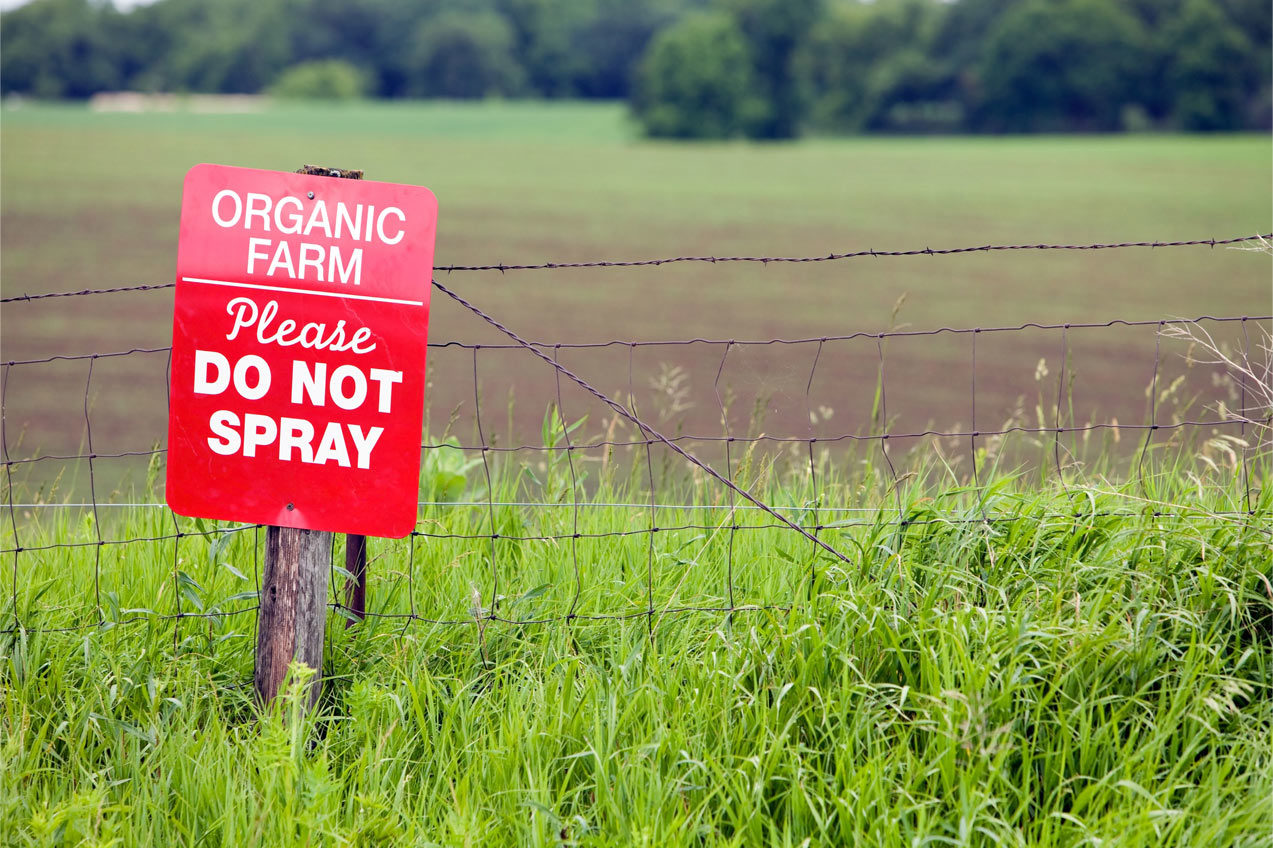
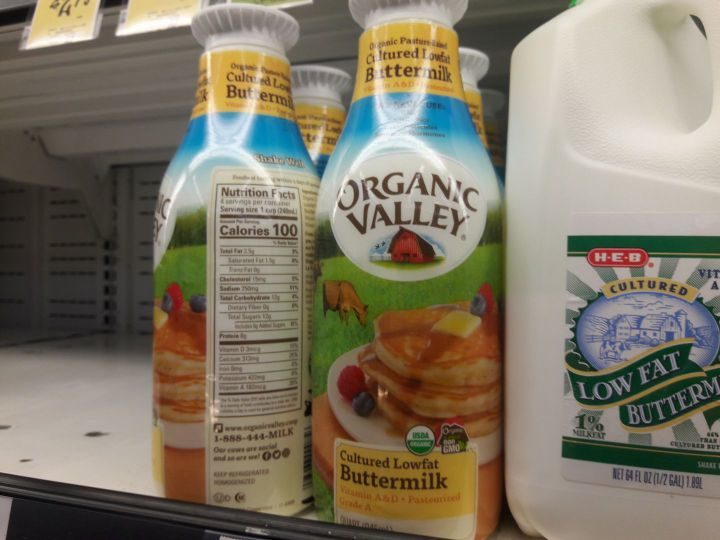
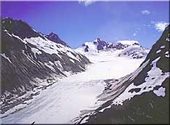

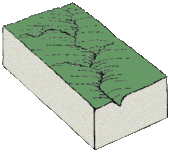
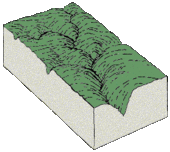
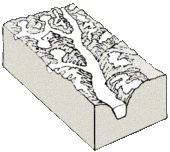
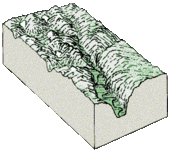



Comment: The point against "climate-friendly agriculture" is well taken, but the rest of this post seems like pointless nit-picking. OK, the term "organic", as it applies to agriculture or foods, doesn't stand up to scrutiny. But the avoidance of glyphosate alone should be a good reason to try to get as much organic foods as possible. Yes, it's a buzz-term, and of course one needs to wary of marketing gimmicks, but does that mean we should throw out the baby with the bathwater and start poisoning ourselves?
See also: